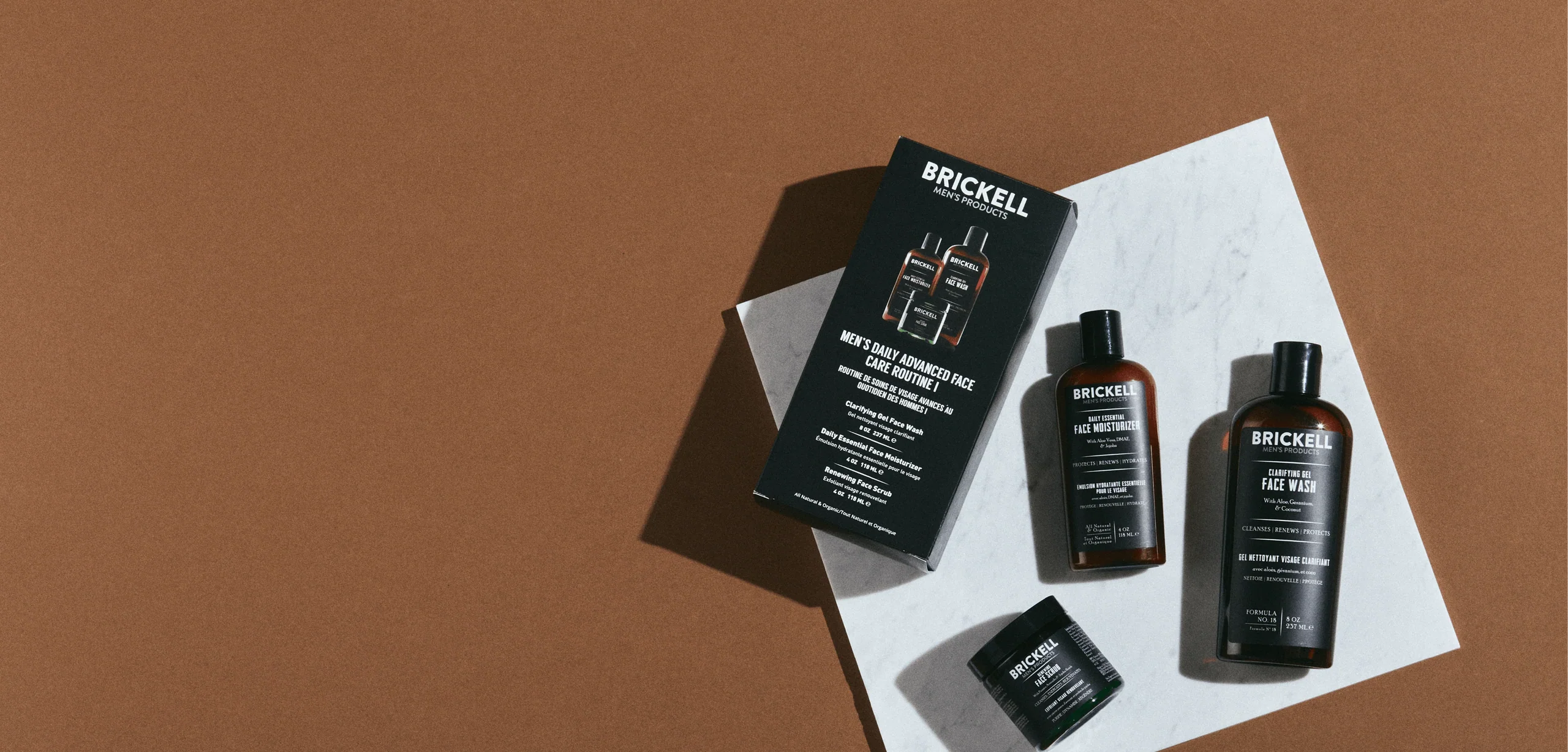The Grooming Manual
The History of Male Hair Loss Treatments

No man likes to admit it. And most guys don’t want to talk about it at all. But hair loss is very real. And it affects millions of men all round the world.
Baldness has always been stigmatized. For centuries, cultures have looked for ways to prevent and reverse the process of male hair loss. But even today, science does not fully understand how or why hair loss happens.
Even if you follow a good hair care routine for men and make men’s grooming a priority, you may still experience hair loss.
What have people tried throughout the centuries of human history until now to treat baldness? And what can you do to thicken and strengthen your hair?
Testing for Hair Loss
First, are you sure you’re really starting to lose your hair? One of the easiest methods used to confirm this is a simple pull test. Here’s how it works.
Grab a group of about 40-60 hairs. Pull. If several come out, you’re starting to go bald. It’s that easy.
Doctors also recommend a daily hair count. But that process is long and arduous, requiring that you collect the hairs you lose each day and count them to determine if your hair loss is above average.
When it comes down to it, you can probably tell whether or not you’re losing your hair without doing any testing. You may have noticed thinning hair, a bald spot forming on the crown of your head, or a receding hair line at your forehead and temples.
The History of Hair Loss Treatments
Since the time of the ancient Egyptians, guys have been trying to finding a miraculous cure for hair loss. (Spoiler alert: There still isn’t one.)
Part of the reason this has always been a concern is that, since Egyptian times, hair growth has been associated with masculinity, virility, and strength. To hold on to that image of themselves, Egyptian men would take the fat from tomcats, crocodiles, ibexes, and snakes, melt it all together, and then apply the mixture directly to their bald heads. Not something you’ll see recommended by doctors today.
Hippocrates - a major figure in Greek medicine - was a bald man. And he came up with his own cure for baldness. Opium, horseradish, beet juice, and pigeon droppings. Mix that and put it on your head. (But please, don’t. It doesn’t work.)
Clearly, many of these ancient cures were crafted from complete guesswork. People would combine ingredients - sometimes seemingly at random, sometimes based on their smells, textures, and effects - in a desperate attempt to regrow hair.
There were some methods that were more about the way the treatment was applied than the ingredients themselves. For example, there was the oats and molasses paste that, when licked off by a cow, led to hair growth. Or the beer, boiled wheat, and honey mix that only worked if a virgin rubbed it on your head. (Again, none of this actually works.)
Eventually, large, ornamental wigs with long curls were popular. This lasted from Victorian times all the way up to the American Revolution. These were more about hiding baldness than actually curing it. They turned baldness into a moot point by dressing it up in ridiculous wigs.
In the 1800’s, patent medicines often claimed to cure baldness. But… they did not. Medicine shows traveled around the United States, advertising hair tonics that accomplished nothing but supposedly would reverse hair loss.
The Industrial Revolution lead to the development of electronic and mechanical devices that were designed to stimulate hair growth. Many used heat or light to supposedly stimulate hair growth. You can still find products like this today - some of which use lasers. They didn’t work then, and they still don’t now.
In the late 1970’s, medical researchers discovered substances that could, in some cases, cause hair growth. This led to the development of finasteride, commonly marketed as Propecia, and minoxidil, the active ingredient in Rogaine.
These drugs work for some guys, but not everyone. They are still treatments, not cures. No one fully understands the process of hair loss. If they did, there would be one clear treatment that doctors could prescribe to everyone. But for now, nothing is 100% effective for 100% of men.
Smart Hair Care
The best way to thicken and strengthen your hair is to use the best natural shampoo for men and the best hair conditioner for men. Make sure they contain natural ingredients that hydrate and thicken your hair. That way you’ll look the best with the hair you’ve got. At least until science discovers a way for you to totally grow it back.

